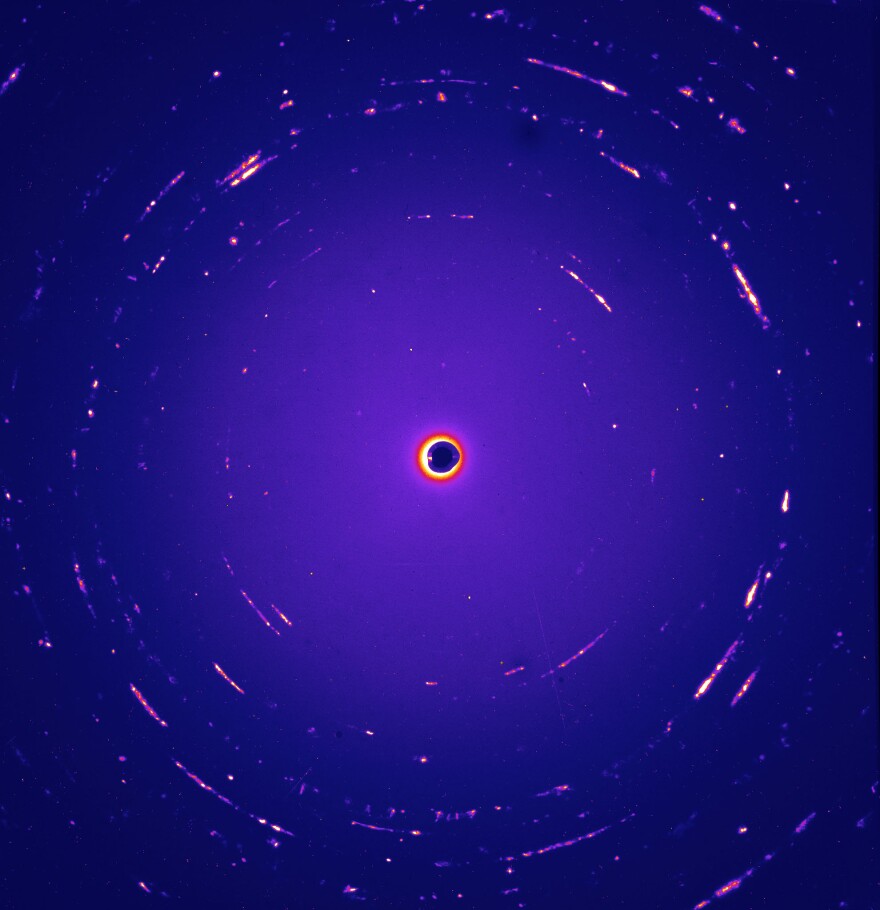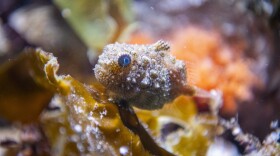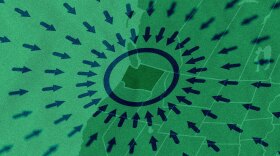An unmanned NASA research mission led by a Seattle scientist has caught what are believed to be seven tiny pieces of distant stars and brought them back to Earth.
The Stardust Mission sent a spacecraft on three trips around the sun, dipping into an extremely faint jet of interstellar particles flowing into the solar system. It grabbed seven motes of interstellar dust, giving us a glimpse of what stars other than the Sun are like.

University of Washington astronomy professor Don Brownlee is Stardust’s principal investigator. He said interstellar dust billows throughout the galaxy, but it always seemed nearly impossible to study it up close.
“It’s kind of a miracle. Because you look at that black stuff out in the Milky Way, and you want to get some of it. How do you do it? Well, you can’t send a thing out there and grab some and bring it back. You know, we used this spacecraft to get the stuff that’s basically coming to us,” he said.
Brownlee added that the dust’s interstellar origins still have to be confirmed.
The spacecraft captured the dust grains in a collector about the size and shape of a tennis racket. The microscopic dust particles left just the slightest mark on the collector’s gel-like coating.
To actually identify them, the research team enlisted thousands of citizen scientists in the Stardust@Home project. Those volunteers, calling themselves “dusters,” pored over enlarged images of the collector on their own computers, and identified three of the seven dust grains.
Their findings are out in the journal Science.







